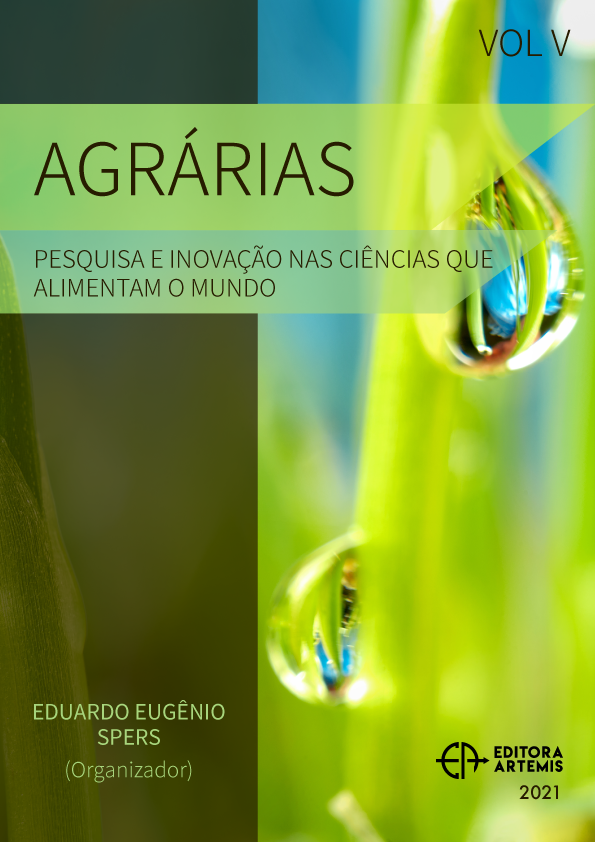
AMARANTO: UNA ALTERNATIVA DE DIVERSIFICACIÓN PRODUCTIVA DE CALIDAD NUTRICIONAL EN LA NORPATAGONIA ARGENTINA
El cultivo de amaranto (Amaranthus sp) se visualiza como una producción alternativa de excelente calidad nutricional para las condiciones agroecológicas del Valle Inferior del Río Negro (VIRN). Por esta razón se llevaron a cabo cultivos de A. cruentus cv Mexicano, con el objetivo de evaluar la calidad nutricional del grano mediante diferentes variables (fibra, proteína, cenizas y digestibilidad) en diferentes prácticas de manejo agronómico: fechas de siembra, densidad de plantas, dosis de fertilización nitrogenada y diferentes frecuencias de riego. Las prácticas de manejo empleadas durante el desarrollo del cultivo generaron efectos en la calidad nutricional del mismo. Fechas de siembra tardías (fines de diciembre-mediados de enero) permitieron obtener mejores valores de calidad nutricional. A pesar de ello, las diferencias entre fechas fueron de poca relevancia agronómica por lo que sería conveniente considerar como óptimas siembras entre fines de noviembre y principios de diciembre (tempranas) para las condiciones del VIRN dado que proveen altos rendimientos en grano de adecuada calidad nutricional. Con respecto a la densidad de plantas, el aumento de la misma por sobre 143.000 pl ha-1 a 0,70 m influenció negativamente en calidad del grano dado que incrementó los valores de fibra y redujo el contenido proteico. La fertilización con dosis de hasta 150 kg N ha-1 permitió mejorar el contenido de proteína bruta aunque sería conveniente evaluar si este efecto de la fertilización en el contenido de proteína y en el rendimiento es económicamente viable para el productor. En relación a la práctica de riego, una frecuencia de 14 días produjo altos rendimientos de adecuada calidad nutricional con un manejo más eficiente del recurso hídrico.
AMARANTO: UNA ALTERNATIVA DE DIVERSIFICACIÓN PRODUCTIVA DE CALIDAD NUTRICIONAL EN LA NORPATAGONIA ARGENTINA
-
DOI: 10.37572/EdArt_29042134715
-
Palavras-chave: GRANO, FERTILIZACIÓN, RIEGO, FECHAS DE SIEMBRA, DENSIDAD
-
Keywords: GRAIN, FERTILIZATION, IRRIGATION, PLANTING DATES, DENSITY
-
Abstract:
Amaranth cultivation (Amaranthus sp) is seen as an alternative production of excellent nutritional quality for the agroecological conditions of the Río Negro Lower Valley (VIRN). Thisis why, A. cruentus cv Mexicano cultivations were carried out, with the aim of evaluating the nutritional quality of the grain through different variables (fiber, protein, ashes and digestibility) in different agronomic management practices: sowing dates, density of plants, doses of nitrogen fertilization and different frequencies of irrigation. The handling practices used during the development of the crop generated effects on its nutritional quality. Late sowing dates (late December-mid January) allowed to obtain better nutritional quality values. In spite of this, the differences between dates were of little agronomic relevance, so it would be convenient to consider as optimal sowings the ones between late November and early December (early) for the VIRN conditions since they provide high yields in grain of an adequate nutritional quality. Regarding plant density, its increase over 143,000 pl ha-1 at 0.70 m negatively influenced grain quality since it increased fiber values and reduced protein content. Fertilization with doses up to 150 kg N ha-1 made it possible to improve the crude protein content, although it would be convenient to evaluate whether this effect of fertilization on protein content and yield is economically viable for the producer. In relation to the irrigation practice, a frequency of 14 days produced high yields of adequate nutritional quality with a more efficient management of the water resource.
-
Número de páginas: 20
- Maria Fany Zubillaga

